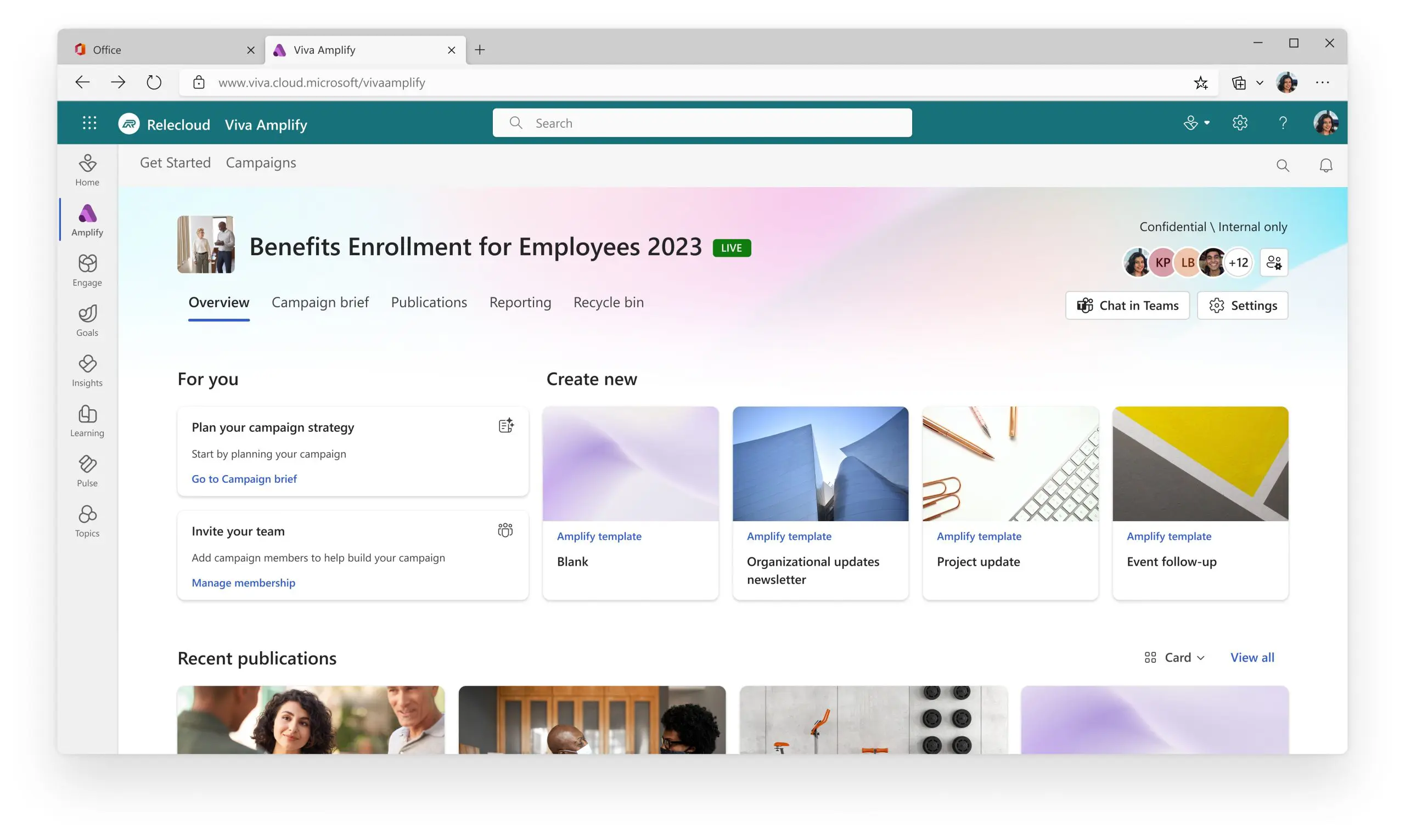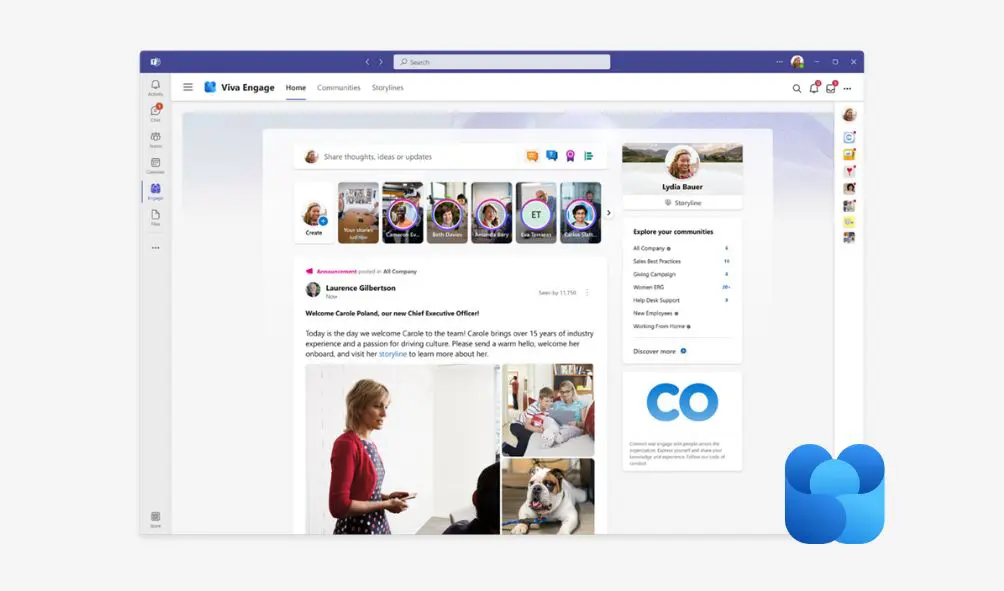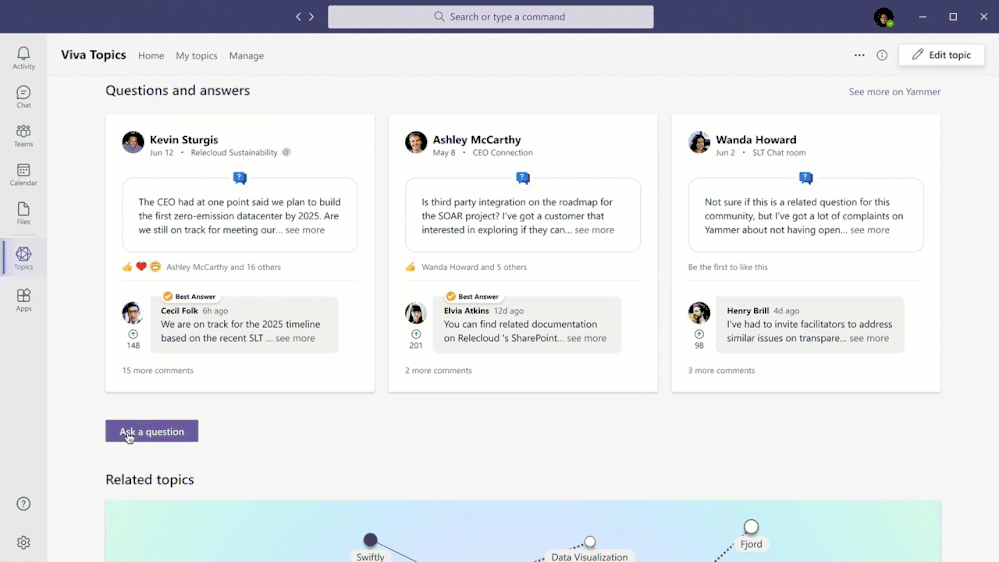The way we work has fundamentally changed. The way we do business, meet customer needs and collaborate in the workplace has meant all organisations are looking at new ways of doing things.
With digital adoption continuing to rise, more and more businesses are starting to adopt hybrid work. The past few years have taught us that so much more can be done remotely than we ever thought possible so how do you make hybrid working work for you? In this article we give you some advice on getting it right.
Create a culture to enable hybrid work
Start with a plan and policy so you can map out exactly how to build in digital adoption within your teams and company culture. You can include everything from global guidelines to team meeting norms that help everyone feel included and engaged. Here are just some other ways you can get started:
- Set a clear flexible work policy that gives people a choice in how, when and where they work. The key is to align as an organisation on a policy to enable flexible work, and to determine what decisions you will take and where you’ll empower local decision-making.
- Empower managers and leaders to adapt this policy to fit their diverse business needs and team expectations. Hybrid work is inevitable. Create the culture to enable it.
- Create explicit norms to embrace flexibility. As one example, you can develop company-wide norms to create inclusive meetings – from configuring meeting rooms to optimise for remote participants, to encouraging on-site participants to join Microsoft Teams as soon as they enter the room, so remote participants don’t miss out on conversation that is crucial to rebuilding social capital and connection.
Empower your managers to lead the shift
Managers are vital to making hybrid work a success. You must focus on empowering managers with the decision-making authority, tools and skills they need to lead in this transition. Here’s how:
- Give managers the tools to shape their team working model and empower them to make decisions – including approving when individuals can work from home beyond and authorising new home-office equipment purchases.
- Create new team norms by encouraging managers to have conversations with their teams to develop team-specific or organisation-wide norms – such as ‘no-meeting’ Fridays or using the ‘delay delivery’ feature in Outlook so team members don’t feel they need to respond right away.
- Encourage managers to ‘model, coach and care’ to create the culture that enables everyone to thrive in a flexible working environment.
Manage employee experiences with Microsoft Viva
Hybrid work is having a profound impact on employee well-being. The past year has shown that the digital experience of working for a company is the employee experience. It can no longer be about just short-term employee output.
Microsoft Viva, enables organisations – including those with highly dispersed workforces – to focus on mission and culture and create a holistic employee experience. Microsoft Viva brings together collaboration, learning and well-being in the flow of work to create an integrated employee experience directly in Teams. Viva empowers employees to digitally access everything from internal communications to onboarding resources – right in the flow of work. It creates a persistent single-entry point for employee engagement, integrates personal well-being insights and recommended actions, makes continuous learning a natural part of work and culture and harnesses the organisation’s institutional knowledge to help people find the information they need.
Combat digital exhaustion
The data is clear: extreme flexibility and hybrid work will define the post-pandemic workplace. Act on insights learned from data and research, and employees find sustainable ways to bring their best selves to work. Here’s how:
- Use data in workplace analytics, part of Viva Insights, to give managers and leaders anonymised insights into team and organisational well-being – helping to keep a pulse on things like meeting overload and weekend work.
• Proactively engage teams at risk of burnout to help them develop more sustainable work practices and habits to promote employee well-being.
• Encourage people to take breaks between meetings. The back-to-back meetings that have become the norm over the past few years aren’t sustainable. Research from Microsoft’s Human Factors Lab shows that taking even short breaks between meetings can have a big impact. Use settings in Outlook to automatically shorten meetings by five, 10 or 15 minutes. These can be implemented individually or company-wide.
Looking to optimise your workplace for hybrid work? Get in touch with our team who can help.




